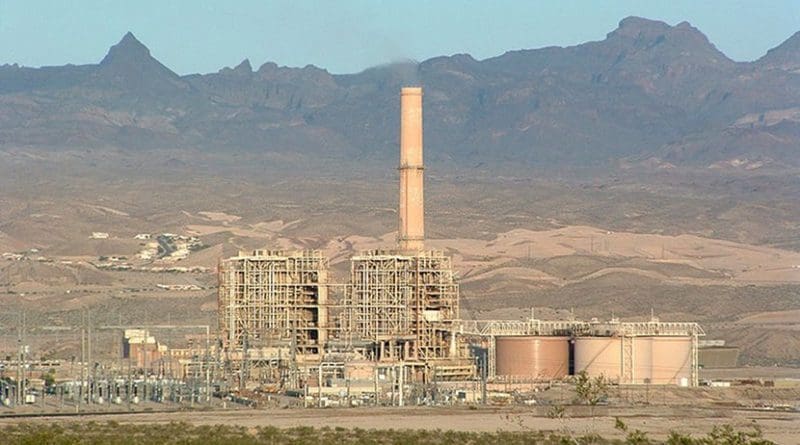Overview Of Thermal Power’s Current Global Market Conditions – OpEd
The past few years have been a difficult period for the thermal power generation industry. In 2017, only 20 GW of new capacity were added to the entire US grid: that was 10 GW of natural gas, 6 GW of wind and 4 GW of solar.
In the 1999 global market bubble, only one customer, Duke Energy, ordered 104 GE gas turbines in one year, which by the capacity standards of the era comes to almost 10 GW, i.e. one customer bought from one supplier GTCC orders equal to all the GTCC capacity added in the US last year.
No wonder GE is in trouble, and so are Siemens and MHPS, with global capacity to produce turbines at over triple the actual numbers being built and sold.
Last month’s ElectrifyEurope 2018 conference in Wien Austria, (Powergen Europe) was emblematic of the current global state of power business. Neither GE, nor Siemens, nor Ansaldo had a booth. At the registration, the traditional long lines were missing, and, at the end of the show there were many hundreds of unclaimed badges still at registration. The energy show was dead. Major global EPC firms are exiting Power business, PB did exit, and Fluor has stated they will no longer bid fixed-price EPC contracts for Power Plants, which means an effective exit; and there are hints that Bechtel may also exit soon.
The following recent reports from the US’ EIA helps to explain the US situation. The electricity consumption growth rate in the US was in the 5% range in 1990, down to 2% in the ’92/’93 recession, up to about 3% in the ’94-’99 bubble, but dropping to less than 1% with the 2000 crash; rebounding to 1.5% then into negative territory with the 2008 crash. Since then, it has oscillated around zero despite the recovery, presumably due to increasing energy efficiency in illumination, lights, TV’s, home appliances, etc. The EIA thinks it will rebound then stay in the 1 % range for a few decades.
The next recent report shows the mix of “fuels” used to generate electricity, up to 2017 it is fact, and beyond it is “group think”, (or common wisdom). The group think says that by 2050 about 37% of US electricity will be generated from natural gas; about 31% from renewables, 21% from coal, and 11% from nuclear and other – implying that natural gas GTCC is very far from being dead yet.
Our own instinct is that coal will be much lower by 2050, and renewables are unlikely to exceed 25% because batteries are unlikely to prove economical on a mega scale, hydro storages are limited, so it seems that natural gas will be in the 50-60% range by 2050. As such, we remain sanguine about our business for the long term.
The fuel mix well into the future is one side of the coin. The other is plant ageing, rehabilitaion, repowering and replacement of the existing equipment in operation.
The US coal and nuclear plants are very old, mostly built in the 1960’s – 1980’s. GTCC’s have a shorter service life than coal or nuclear, and the ones built before 2000 are at or past their useful life. Thus, even with zero electricity demand growth, there will have to be a wave of new capacity within the next ten years, another reason to remain optimistic for the longer term.
Although all the above observations are focused on the USA, the situation in Europe is very similar, and even worse. In Asia things are much better, but the big picture still has many similarities, except for the time shift due to Asia being in a major growth phase, similar to the West a few decades ago.
What does all this mean for the market professionals?
(1) We’ve seen a steady decline in business for the past three years, and this decline will continue or even get worse for another year or two;
(2) There should be a significant rebound in business at some point, and our guess is that this will be by 2020;
(3) We shall weather this decline due to our conservative approach and stable income revenue model;
(4) This decline should weed out weaker players, with their Ponzi-scheme revenue model that lacks required annual income to turn their business,
(5) Irrespective of our own views, we have to serve the market, and right now the market’s group-think is renewables and batteries,
So we have to play catch-up as quickly as we can in this area because we were all late in acknowledging this trend, but so were GE, Siemens, MHPS and the other OEM’s.

